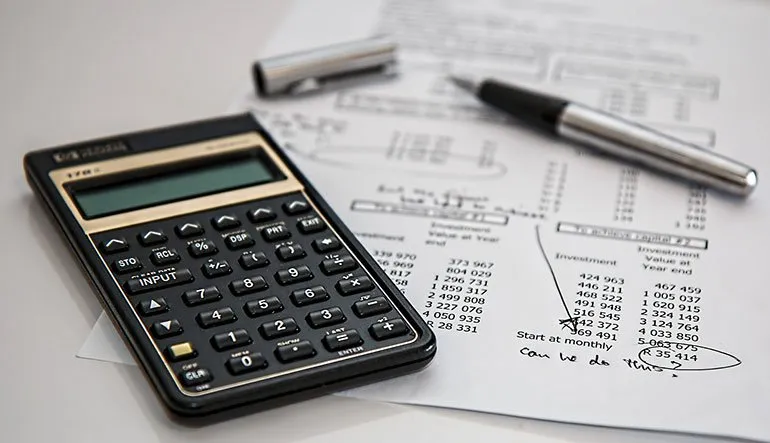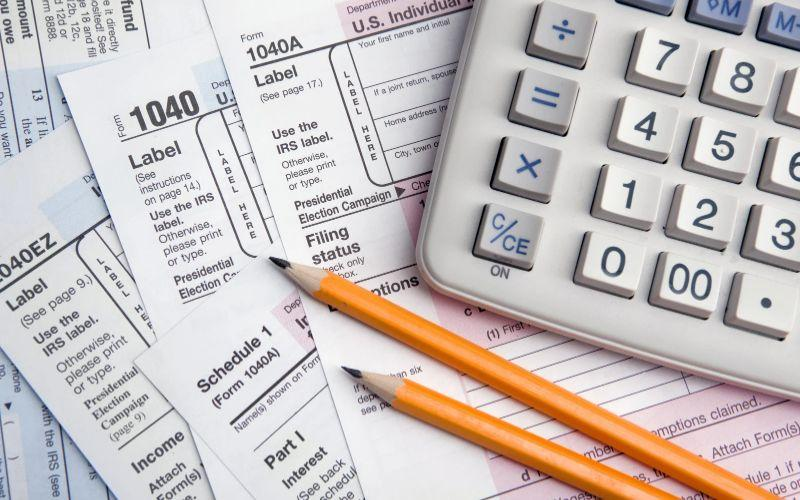
Courtesy
Meeting tax obligations is critical to ensuring the financial stability of any business or individual. However, managing tax payments can be a challenge without a structured plan. An efficient plan allows you to get organized, avoid fines and maintain control over your finances. Here are the keys to designing an effective tax payment plan.
1 . Analyze your current financial situation. Make a diagnosis of your income, expenses and debts to determine your ability to pay. Knowing your deadlines and the total amount of your taxes is key to avoid delays and penalties. This analysis will allow you to identify possible adjustments in your expenses to prioritize your fiscal responsibilities.

2. Automate your payments whenever possible. Many tax authorities offer the option of scheduling recurring or installment payments through digital platforms. This will not only help you comply with your obligations in a timely manner, but will also reduce the likelihood of forgetfulness. In addition, keeping a digital record of your payments can facilitate future audits or clarifications.
3. Create a reserve fund destined exclusively to tax payments. Dedicate a percentage of your monthly income to this fund, ensuring that you will always have liquidity to cover your tax obligations. This practice will not only help you maintain financial peace of mind, but will also allow you to be prepared for any changes in legislation or unforeseen increases in your taxes.

4. Consider seeking professional advice. Having an accountant or tax advisor can help you identify deductions, tax benefits and customized strategies that reduce your tax burdens. Investing in advice can translate into significant savings and better management of your tax obligations. With these strategies, creating an efficient tax payment plan will be easier and you will guarantee compliance with your responsibilities without affecting your financial stability.







